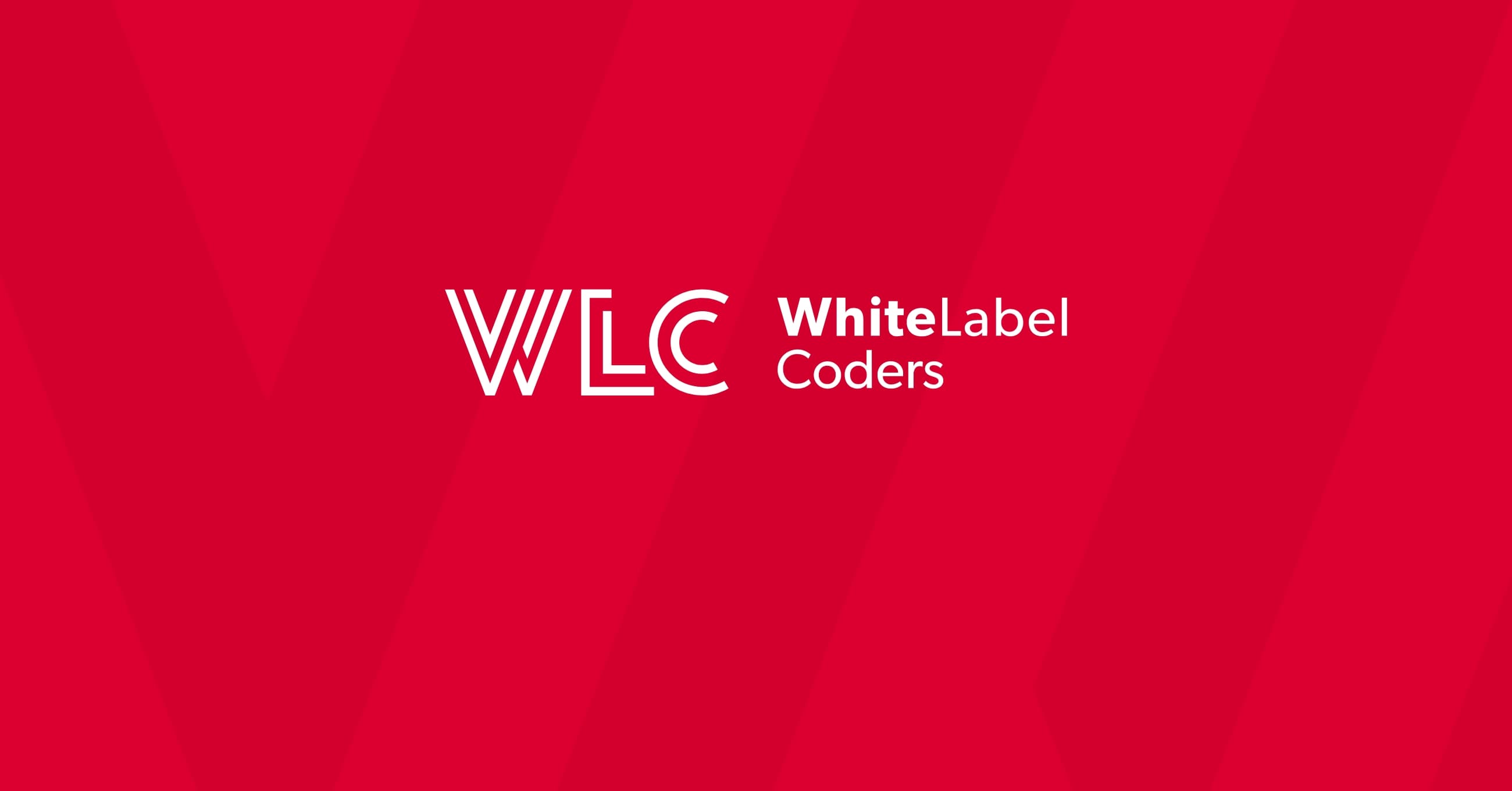Category: SEO AI
Can I use HTML and CSS in WordPress?

Yes, you can absolutely use HTML and CSS in WordPress! WordPress provides multiple built-in methods for adding custom HTML and CSS code, from the block editor and theme customiser to child themes and direct file editing. Whether you’re making simple styling changes or implementing complex custom layouts, WordPress offers flexible solutions that accommodate both beginners and experienced developers whilst maintaining your site’s functionality and update compatibility.
Understanding HTML and CSS integration in WordPress
WordPress operates on a template hierarchy system that seamlessly blends PHP, HTML, and CSS to create dynamic websites. At its core, WordPress themes use PHP to generate HTML markup, which is then styled with CSS to create the visual presentation you see on screen.
The relationship between WordPress and custom code is quite straightforward. WordPress themes consist of template files that combine PHP functions with standard HTML structure. When you add custom HTML or CSS, you’re essentially extending this existing framework rather than replacing it.
Understanding this integration is crucial because it affects how your customisations interact with WordPress’s core functionality. Custom HTML can be added through various methods without disrupting the underlying PHP structure, whilst CSS modifications can override default theme styles to achieve your desired appearance.
What are the different ways to add HTML and CSS to WordPress?
WordPress offers several flexible approaches for incorporating custom HTML and CSS, each suited to different skill levels and requirements. The most user-friendly options include the theme customiser’s additional CSS section and the block editor’s custom HTML blocks.
For more advanced customisations, you can create child themes, which provide a safe environment for extensive modifications. Page builders like Elementor or Gutenberg’s full site editor also offer visual interfaces for adding custom code without touching theme files directly.
Direct file editing through the WordPress admin or FTP access gives you complete control but requires more technical knowledge. Plugin-based solutions offer another route, allowing you to manage custom code through dedicated interfaces whilst keeping modifications separate from your theme files.
| Method | Skill Level | Best For | Update Safe |
|---|---|---|---|
| Theme Customiser | Beginner | Simple CSS changes | Yes |
| Custom HTML Blocks | Beginner | Page-specific HTML | Yes |
| Child Themes | Intermediate | Extensive customisations | Yes |
| Direct File Editing | Advanced | Complex modifications | No |
How do you add custom HTML code to WordPress posts and pages?
The block editor provides the most straightforward method for adding HTML to individual posts and pages. Simply click the plus icon to add a new block, search for “Custom HTML,” and insert your code directly into the provided text area.
When using the HTML block, your code is rendered exactly as written, giving you complete control over the markup. This approach works brilliantly for embedding forms, custom layouts, or third-party widgets that require specific HTML structure.
For more advanced implementations, custom fields offer dynamic HTML insertion. You can create custom meta boxes or use plugins like Advanced Custom Fields to add HTML content that can be programmatically inserted into your templates. This method is particularly useful when you need the same HTML structure across multiple pages with varying content.
Another effective approach involves using shortcodes to wrap your HTML code, making it reusable across different posts and pages. This method requires adding functions to your theme’s functions.php file but provides excellent flexibility for recurring HTML elements.
Where should you place custom CSS in WordPress for best results?
The theme customiser’s Additional CSS section represents the safest and most accessible location for custom CSS. Navigate to Appearance > Customise > Additional CSS, and your styles will be preserved even when updating your theme.
For extensive CSS modifications, child theme stylesheets offer superior organisation and performance. Create a style.css file in your child theme directory, and WordPress will automatically load it after the parent theme’s styles, ensuring your customisations take precedence.
Professional WordPress custom development often involves creating modular CSS files for different components or sections. This approach improves maintainability and allows for better code organisation, especially in complex projects involving multilingual business sites or advanced WooCommerce platforms.
Avoid placing CSS directly in theme files unless you’re working with child themes, as updates will overwrite your modifications. Plugin-based CSS managers provide another viable option, keeping your styles separate from theme files whilst offering additional features like minification and caching.
What is the difference between using child themes and direct theme editing?
Child themes create a protective layer between your customisations and the parent theme, ensuring your modifications survive theme updates. When you edit a child theme, you’re working with files that won’t be overwritten when the parent theme receives updates.
Direct theme editing involves modifying the active theme’s files directly, which can lead to lost customisations whenever the theme updates. Whilst this approach might seem quicker for small changes, it creates significant maintenance challenges and potential security vulnerabilities.
Child themes also provide better organisation for custom code, allowing you to override specific template files without affecting others. This selective approach means you can customise WordPress extensively whilst maintaining the parent theme’s functionality and receiving security updates.
From a professional development perspective, child themes enable collaborative work and version control, making them essential for commercial projects. They also facilitate easier debugging and troubleshooting, as you can quickly identify which customisations might be causing issues.
How do you troubleshoot HTML and CSS issues in WordPress?
Browser developer tools serve as your primary debugging resource for HTML and CSS issues. Right-click on problematic elements and select “Inspect” to examine the rendered HTML structure and identify conflicting CSS rules.
Common issues include CSS specificity conflicts, where theme styles override your custom CSS. Use more specific selectors or the !important declaration sparingly to resolve these conflicts. Plugin conflicts can also interfere with custom code, so deactivate plugins systematically to identify problematic ones.
WordPress’s built-in debugging features help identify PHP errors that might affect HTML output. Enable WP_DEBUG in your wp-config.php file to reveal errors that could be breaking your custom HTML implementation.
Cache-related issues often mask CSS changes, making it appear as though your modifications aren’t working. Clear browser cache, plugin caches, and server-side caching to ensure you’re seeing the most recent version of your changes.
Why should you use proper WordPress coding standards for HTML and CSS?
Following WordPress coding standards ensures your custom code integrates seamlessly with the platform’s architecture and remains compatible with future updates. These standards cover everything from indentation and naming conventions to security practices and performance optimisation.
Proper coding standards improve code readability and maintainability, making it easier for other developers to understand and modify your work. This becomes particularly important in collaborative environments or when handing projects over to clients.
Security considerations play a crucial role in WordPress development. Following established standards helps prevent common vulnerabilities like XSS attacks through improper HTML sanitisation or CSS injection through unsecured input fields.
Performance implications of well-structured code cannot be overstated. Clean, standards-compliant HTML and CSS load faster, provide better accessibility, and contribute to improved search engine rankings through better semantic structure.
Key takeaways for successfully implementing HTML and CSS in WordPress
Successful HTML and CSS implementation in WordPress requires strategic planning and adherence to best practices. Always use child themes for extensive customisations, utilise the theme customiser for simple CSS changes, and leverage the block editor’s HTML blocks for page-specific code.
Remember that WordPress offers multiple pathways for customisation, each with distinct advantages. Choose methods that align with your technical expertise and project requirements, whilst always prioritising update safety and maintainability.
Professional WordPress development involves understanding the platform’s architecture and working with it rather than against it. Whether you’re building multilingual business sites, advanced WooCommerce platforms, or complex web applications, following WordPress conventions ensures long-term success.
Testing your customisations across different devices, browsers, and WordPress versions helps identify potential issues before they affect your live site. Regular backups and staging environments provide safe spaces for experimentation and development.
By mastering these fundamental concepts and techniques, you’ll be well-equipped to implement custom HTML and CSS effectively in WordPress, creating unique and functional websites that meet your specific requirements whilst maintaining the platform’s inherent flexibility and power.

